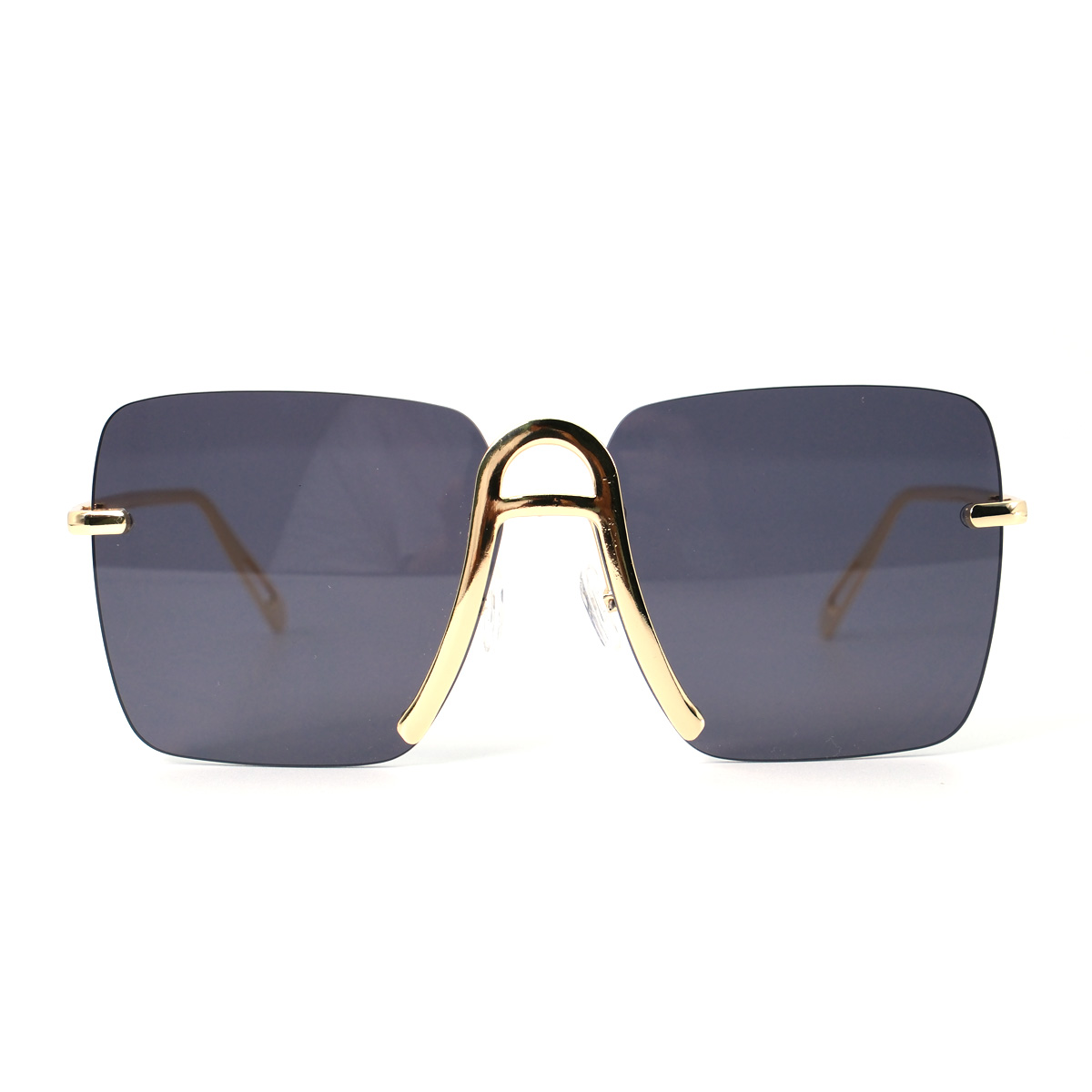What are the functions of photochromic lenses and polarized lenses?
Eyewear technology has evolved significantly, offering a wide range of lens options to enhance visual experiences and protect our eyes. Two popular lens types are photochromic lenses and polarized lenses. Photochromic lenses adapt to changing light conditions, while polarized lenses reduce glare and enhance clarity. In this article, we will explore the functions and benefits of both photochromic and polarized lenses, providing clear viewpoints and logical insights into their respective functionalities.
Photochromic Lenses: Adapting to Changing Light Conditions
1. Light Adaptation:
One of the key functions of photochromic lenses is their ability to automatically adapt to changing light conditions. These lenses contain special molecules that undergo a chemical reaction when exposed to ultraviolet (UV) light. When UV light is present, the molecules darken, effectively reducing the amount of light that reaches the eyes. In low-light or indoor environments where UV light is minimal, the lenses gradually lighten, allowing for optimal vision clarity.
2. Convenience and Versatility:
Photochromic lenses eliminate the need for multiple pairs of glasses for different lighting conditions. They provide a convenient solution for individuals who frequently transition between indoor and outdoor environments. Whether you're stepping outside into bright sunlight or moving indoors, photochromic lenses seamlessly adjust to provide appropriate levels of tint, reducing the need for constant lens changes.
3. UV Protection:
In addition to their light-adaptive properties, photochromic lenses offer UV protection. They effectively block a significant portion of harmful UV rays from reaching the eyes, helping to reduce the risk of eye conditions such as cataracts and macular degeneration. UV protection is an important consideration for maintaining long-term eye health, and photochromic lenses provide an added layer of defense.
Polarized Lenses: Reducing Glare and Enhancing Clarity
1. Glare Reduction:
Polarized lenses are designed to reduce glare caused by reflected light, particularly from horizontal surfaces such as water, snow, or roads. They contain a built-in filter that selectively blocks horizontally polarized light waves, effectively minimizing glare that can cause visual discomfort and eye strain. Polarized lenses are especially beneficial for outdoor activities such as driving, fishing, or skiing, where glare can significantly impair vision.
2. Enhanced Visual Clarity:
By reducing glare, polarized lenses enhance visual clarity and contrast. They allow for better perception of colors and details, resulting in sharper and more vibrant vision. This is particularly advantageous in environments with intense sunlight or high glare conditions, as polarized lenses help to eliminate the visual "noise" caused by glare, offering a clearer and more comfortable visual experience.
3. Eye Comfort and Fatigue Reduction:
The reduction in glare provided by polarized lenses contributes to improved eye comfort. By minimizing the need to squint or strain the eyes to see clearly, these lenses help reduce eye fatigue and discomfort. This can be particularly beneficial for individuals who spend extended periods outdoors or engage in activities that involve prolonged exposure to bright, reflective surfaces.

4. UV Protection:
Similar to photochromic lenses, polarized lenses also provide UV protection, shielding the eyes from harmful UV rays. This protection is essential for preventing long-term damage to the eyes and reducing the risk of conditions such as cataracts and photokeratitis (sunburn of the eye).
Both photochromic lenses and polarized lenses offer valuable functions that enhance eye comfort and visual clarity in different ways. Photochromic lenses adapt to changing light conditions, providing convenience and UV protection. On the other hand, polarized lenses reduce glare, enhance visual clarity, and offer UV protection. The choice between these lens types depends on individual preferences, lifestyle, and specific needs. Consulting with an eye care professional can help determine the most suitable option based on your visual requirements and outdoor activities. Ultimately, both photochromic and polarized lenses contribute to improved eye health and visual experiences, allowing you to enjoy the world around you with enhanced comfort and clarity.
